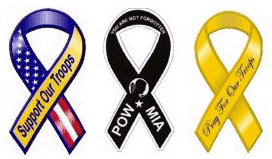Al-Qaeda's Media Doctrine: Evolution from Cheerleader to Opinion-Shaper
by Michael Scheuer
Al-Qaeda has always regarded media work as a key weapon in its arsenal, although the group has no claim to originating the use of the media as a weapon for the mujahideen. The Afghan Islamist insurgent organizations—especially Gulbuddin Hekmatyar's Hezb-e-Islami and Ahmad Shah Masoud Jamiat-e-Islami—ran extensive if rudimentary media operations during their jihad against the Soviet Union. The groups employed inexpensive magazines, local radio broadcasts, newsletters, video and audiotapes and posters to promote their cause in Afghanistan and Pakistan. The Arabs who came to support the Afghan insurgents took this locally-oriented media project, translated its products into Arabic and distributed them across the Arab world. Later, the Arabs and their respective NGOs reproduced these items in a number of languages, making them accessible to Muslim readers in Europe, the Far East, Africa, Central Asia and North America. The NGOs' far flung branches, of course, served as an already-in-place distribution network. Osama bin Laden's mentor, Sheikh Abdullah Azzam and his Maktab al-Khidamat (MK)—or Afghan Services Bureau—were leaders in this effort, and probably brought more of the media products to North America than any other NGO due to the multiple MK offices across the continent.
...
Pertinent Links:
1) Al-Qaeda's Media Doctrine: Evolution from Cheerleader to Opinion-Shaper
2) Al-Qaeda's Media Doctrine: Evolution from Cheerleader to Opinion-Shaper (PDF file)
Wednesday, May 23, 2007
Subscribe to:
Post Comments (Atom)




No comments:
Post a Comment